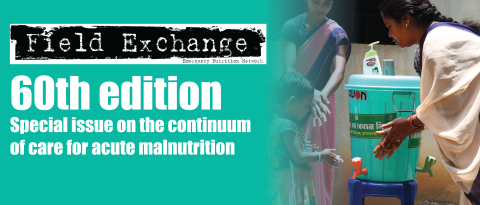Bioelectrical impedance analysis (BIA) in the management of acute malnutrition
A briefing paper on body composition measurement by bioelectrical impedance analysis (BIA) was published in 2018 by Action Against Hunger (AAH).1 The aim of the document is to describe the principles of BIA and to propose practical steps in collecting good quality BIA data, based on AAH’s operational experience in this area. The paper explains how body composition can provide insights into children’s health and shows great potential for improving the diagnosis of acute malnutrition and improving treatment effectiveness. BIA is a way to estimate body composition that is becoming easier to study since new methods have been developed, making the measurement quicker, easier and more reliable for field practitioners to perform in otherwise challenging settings. Because of its potential in providing important information on the true physiological status of malnourished children, body composition measurement should be systematically incorporated into research projects aiming to test the effectiveness of current or new diagnostics or treatment methods. Body composition data is also crucial in informing the long-term health of children, an area that deserves much more attention. Finally, among oedematous children, BIA measurements could provide insights on the distribution and extent of fluid imbalance and help optimise the treatment of this particularly vulnerable malnourished group.
While BIA is relatively simple to measure, it does require cooperation from the patient to remain calm and in a correct position, which is a challenge for young children. Particular attention and effort should be placed in standardising a quality scale for BIA measurement in order to obtain valid results, comparable across studies. Despite its great interest and added value in research settings, BIA remains a method that cannot be applied yet in field routine programmes. More simple, reliable and straightforward interpretation methods are needed in addition to population-specific and validated reference values.
For more information, click here.
Endnotes
1Renault S, Kangas S, Dailey-Chwalibóg T and Salpéteur C. Moving beyond anthropometry : Conducting BIA to measure body composition of acutely malnourished children : lessons from operational research. Action Against Hunger, 2018.


